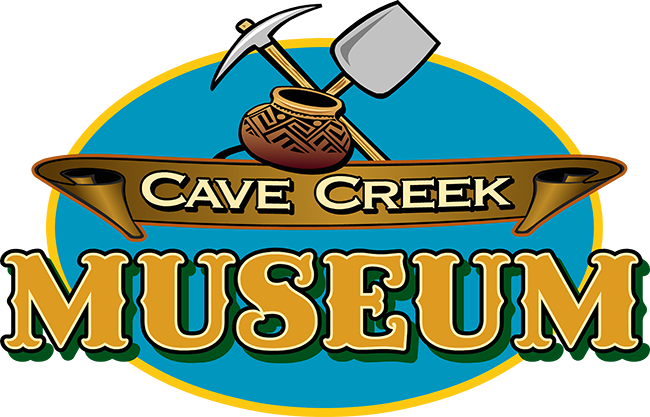Political Campaign Buttons
The Cave Creek Museum’s November Artifacts of the Month feature campaign buttons. A campaign button is a pin used during an election as political advertising for (or against) a candidate or political party, or to proclaim the issues that are part of the political platform. Political buttons date as far back as President George Washington. Buttons have been an important part of American politics since day one. Would it surprise you to learn that George Washington wore a campaign button? It’s true. Almost every American President had campaign buttons of some sort, from George Washington to most recently Barack Obama.
The button that George Washington wore was a brass button sewn to his coat. Prior to the mid-19th century, campaign buttons usually consisted of individually cast buttons or ribbons with slogans. It wasn’t until the 1860’s that a likeness of a candidate would appear on a button. President Lincoln’s campaign had buttons made using tintype or ferrotype photo process. Thanks to advances in photographic technology, it was the first time the general population had the opportunity to actually see what the candidate looked like. During the 1890s, the first patented and mass produced campaign buttons for William McKinley’s presidential campaign were distributed to his supporters. Lithographed buttons grew in popularity during the 1940s, most notably in the 1940’s presidential election. Millions of political slogan buttons were produced in the succeeding years for political campaigns that ranged from national to neighborhood.
You will note the Cave Creek Museum collection of buttons date only as far back as the early part of the 20th century. It’s an indication that until Arizona became a state on February 14th, 1912, the small population did not get involved in national elections. You’ll also see that the buttons largely support a partisan selection of candidates. Interesting, isn’t it, that you can learn so much a lot about our area’s and state’s history from little details like that.
After their hey-day—especially in the 1940s-50’s, the popularity of metal and plastic buttons diminished in favor of less expensive paper and adhesive labels over the past few decades.


